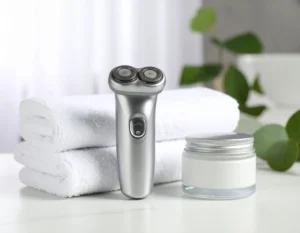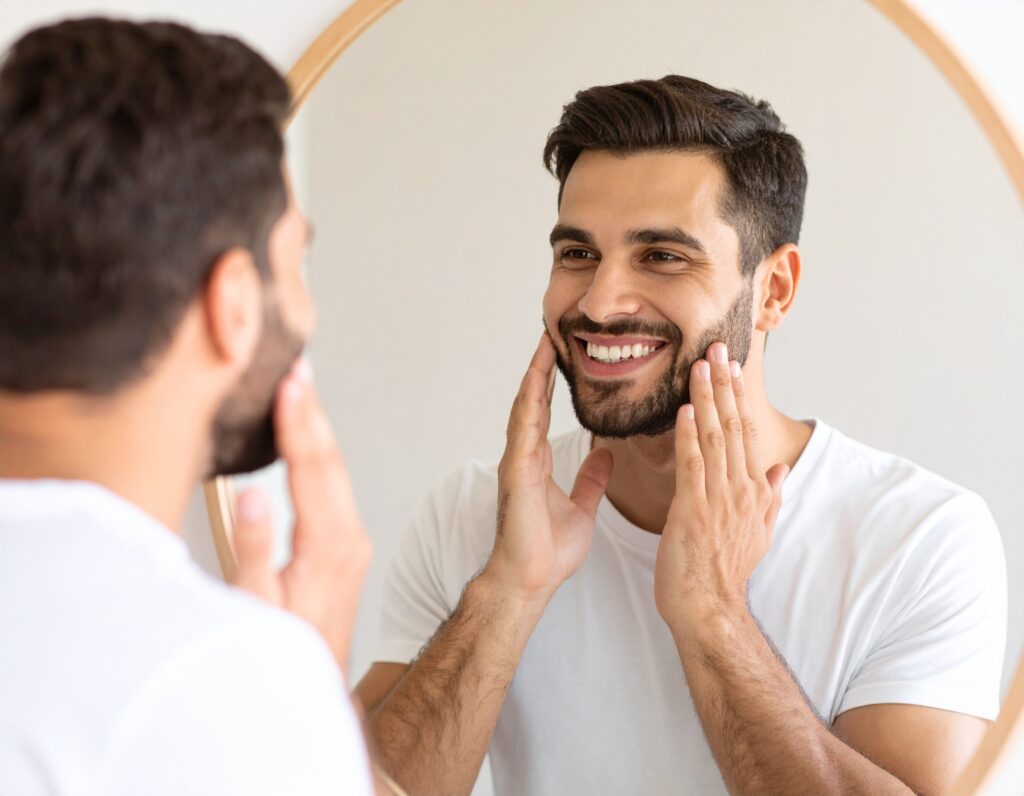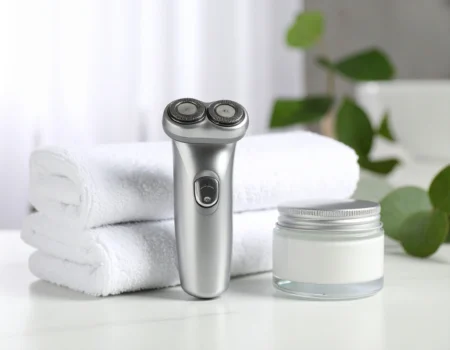Ever wonder why so many shaving myths stick around? Your grandfather probably told you a few. Maybe you picked up others from friends or saw them online. These old tales about shaving get passed down like family recipes.
The problem is that most hair shaving myths started from simple mistakes about how hair actually grows. Once people believe something, they share it. Before you know it, everyone thinks it’s true. Time to clear things up and look at the real myths and facts about shaving.

Myth 1: shaving causes hair to spread
Here’s a weird one people believe: shaving makes hair pop up in new spots. That’s just not how bodies work. You’re born with all the hair follicles you’ll ever have. Shaving can’t make new ones appear.
When you notice more chest or back hair as you get older, blame your genes and hormones. Not your razor. Hair patterns change naturally with age, but shaving has nothing to do with it.
Myth 2: shaving makes hair grow back thicker, darker, and faster
This might be the biggest myth out there. Does shaving make the hair grow back thicker? Absolutely not. Here’s what really happens: when you shave, you slice hair at its widest part. The blunt edge feels coarse and looks darker than a naturally tapered hair tip.
Does shaving affect hair growth rate? Nope. Hair grows from roots deep under your skin. Cutting the top doesn’t change what happens below. Your dna controls how fast and thick your hair grows, not how often you shave.
Myth 3: you should always shave against the grain
Going against the grain gives a super—close shave, sure. But it also invites razor burn and painful ingrown hairs. Smart shavers start with the grain first. Follow your hair’s natural direction for less irritation.
Want it closer? Apply more cream and carefully shave across the grain. Save against—the—grain passes for weddings or big dates. Your face needs a break from all that friction.
Myth 4: new, sharper blades cause more nicks and cuts
This one’s backwards. A sharp razor is your skin’s best friend. Fresh blades cut cleanly through hair without pulling or dragging. Old, dull blades are the real troublemakers. They tug at hair and skip across skin, causing cuts and razor bumps.
Feel your blade starting to pull? Time for a new one. Your face deserves better than a dull blade struggle.
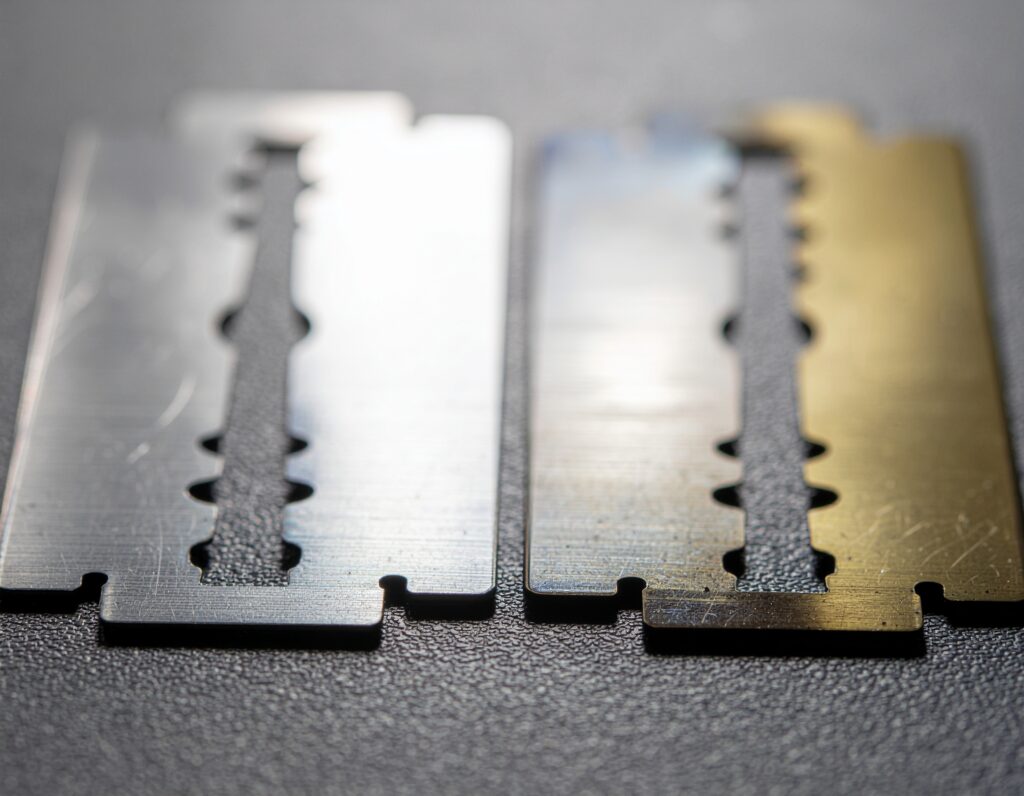
Myth 5: pressing harder with the razor gives a closer shave
Pushing down harder won’t help. It actually makes things worse. Too much pressure leads to cuts, irritation, and angry red skin. A quality razor needs just a gentle touch to work properly.
Let the blade glide across your face. No force needed. Good technique beats brute strength every time.
Myth 6: soap works the same as shaving cream
Regular soap might seem fine, but it’s not made for shaving. Bar soap doesn’t give enough cushion between blade and skin. It also strips away natural oils, leaving you dry and uncomfortable.
Shaving cream or gel creates a protective layer. This helps the razor glide smoothly while keeping skin moisturized. Your face will feel the difference immediately.
Myth 7: shaving inherently damages and dries out your skin
Is shaving bad for your skin? Only if you rush through it. Done right, shaving actually helps by removing dead skin cells. Think of it as gentle exfoliation that leaves you looking fresh.
The key is proper technique. Warm water prep, quality shaving cream, and post—shave moisturizer make all the difference. Skip these steps and yes, you’ll have problems. Include them and your skin stays healthy.
Myth 8: only a barber can trim your beard properly
Professional barbers have skills, no doubt. But you can absolutely groom your own beard at home. Start with decent clippers and sharp scissors. Watch some tutorials. Practice makes perfect.
Begin with small trims. Work slowly. You’ll get better each time. Save barber visits for major reshaping or when you want to treat yourself.
Myth 9: facial hair doesn’t need washing as often as scalp hair
Wrong again. Your beard catches everything—food, dust, pollution. It needs regular washing just like head hair. Maybe even more, since it’s closer to your mouth.
Wash your beard whenever you shower. Use beard shampoo or gentle cleanser. Clean facial hair looks better and your partner will appreciate it too.
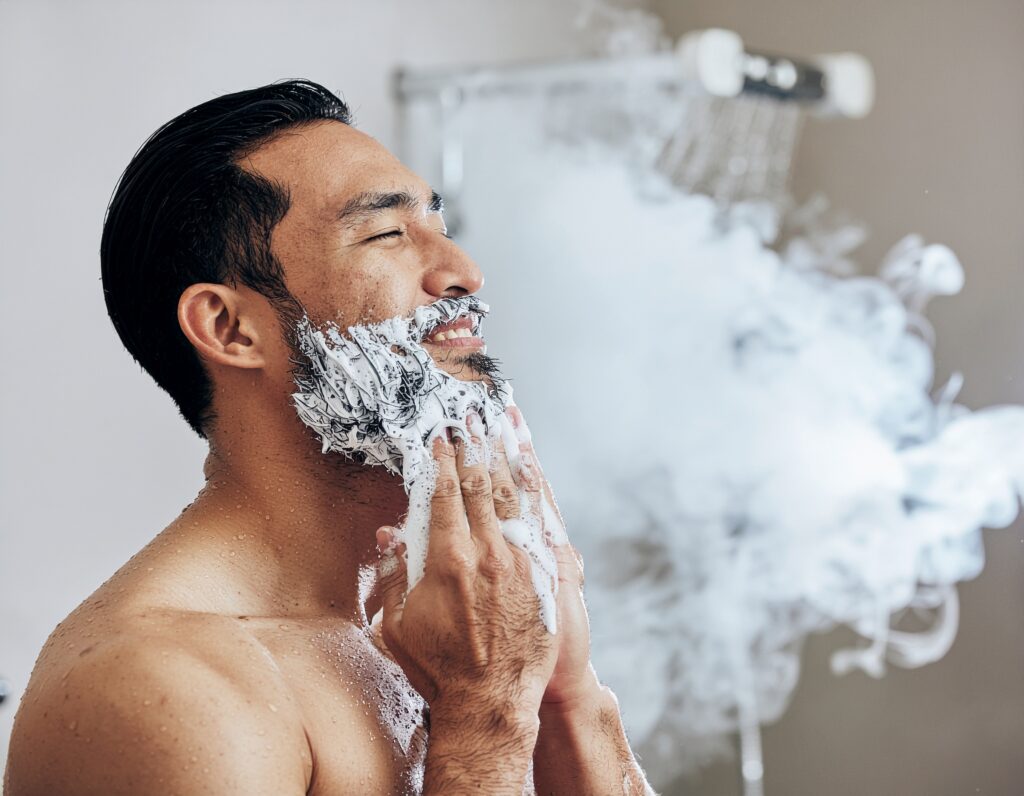
Myth 10: your beard coverage will be complete by age 20
Plenty of guys worry when their beard looks patchy at 20. Relax. Many men don’t see full beard growth until their late twenties or thirties. Everyone’s timeline is different.
Genetics control your beard destiny. Some guys get thick coverage early. Others wait longer. There’s no magic age when beards stop developing.
Myth 11: using multiple skincare products causes spots
Breakouts usually come from wrong products, not too many products. The real issue is using stuff that clogs your pores. Start basic: face wash, moisturizer, sunscreen. Test new products one at a time.
Check labels for “non—comedogenic.” this means it won’t block pores. With the right products, you can use several without problems.
Myth 12: stress makes you go grey quicker
Everyone blames stress for grey hair. Science points to genetics instead. Your genes set the schedule for when you’ll go grey. Stress affects your health in other ways, but it won’t speed up the silver.
Rock the grey when it comes. Plenty of guys look distinguished with it.
Myth 13: razor blades must be changed weekly
There’s no magic schedule for blade changes. It depends on your beard thickness and shaving frequency. Most men get 5—10 good shaves per blade. You’ll know it’s time when the blade drags or feels rough.
Rinse blades well after each use. Pat them dry. This extends their life and saves money.
Myth 14: shaving leaves your skin dry and flaky
Dryness after shaving means you’re missing important steps. Always soften hair with warm water first. Use proper shaving cream. Finish with aftershave balm or moisturizer.
These simple habits prevent flaky skin. Your face stays smooth and comfortable all day.
Myth 15: real men don’t shave below the neck
Body grooming is personal. Some guys trim or shave body hair for comfort. Others do it for sports or because they like how it looks. There’s no right or wrong answer.
Make choices based on what you want. Grooming preferences don’t define masculinity.
Myth 16: skipping pre—shave skin prep is harmless
Preparation prevents problems. Warm water opens pores and softens stubble. Pre—shave oil adds extra protection. These steps reduce irritation and give better results.
Rush through prep and you’ll pay for it later. Take two extra minutes for your skin’s sake.
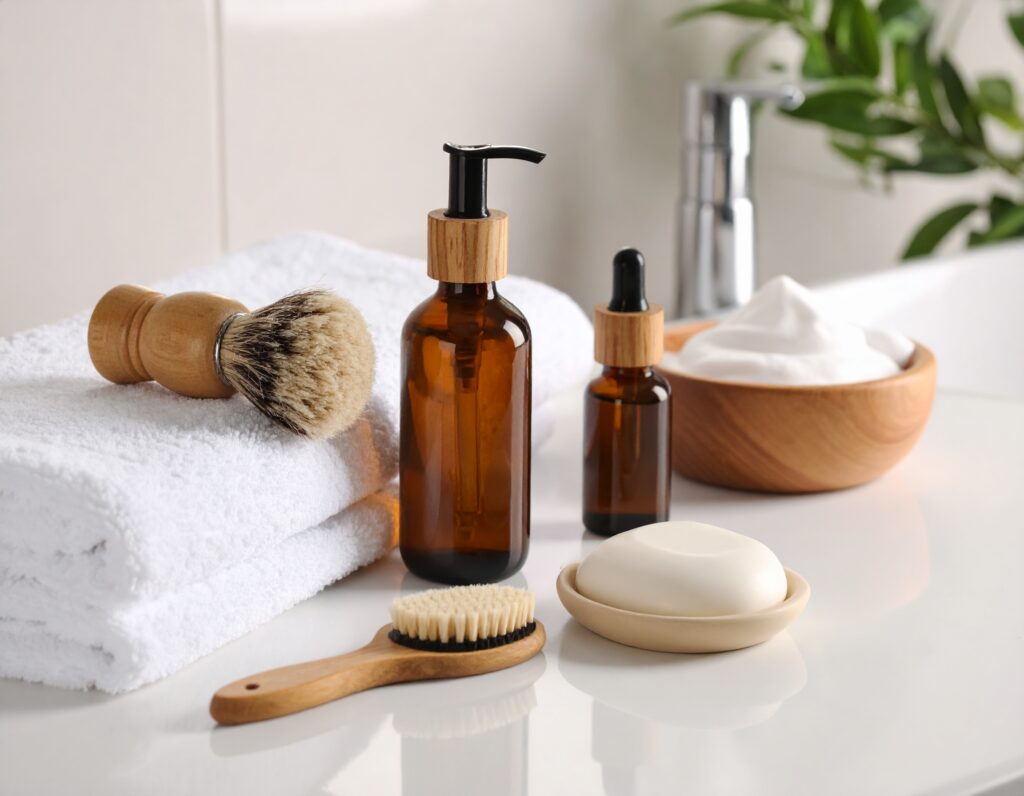
Choosing the right tools for a great shave
Good tools transform your shaving experience. Here’s what works:
| Product | Type | Best feature | Link |
|---|---|---|---|
| Bolin webb r1 set | Straight razor | Premium design, smooth performance | See More |
| Philips norelco 9500 | Electric shaver | Works wet or dry, super close | See More |
| Philips series 7000 | Electric shaver | Great value, reliable results | See More |
Don’t forget these basics:
- Rich shaving cream or gel
- Soothing post—shave balm
- Sharp replacement blades
- Mild face cleanser
Whether you prefer a straight razor or modern heat razor, quality matters. Pick tools that match your skin type and shaving style.
Conclusion: separating fact from fiction
Now you know the truth behind common shaving myths. Good shaving comes from proper technique and quality tools, not old wives’ tales. After debunking these shaving myths throughout this article, it’s clear that many beliefs we hold are simply not based on facts.
These busted myths about shaving shouldn’t hold you back anymore. Focus on what works: sharp blades, good prep, and taking your time. Choose products that suit your specific skin type. Understanding these myths about shaving helps you make better grooming decisions and avoid unnecessary problems.
The bottom line? When considering myths about shaving, remember that cutting hair doesn’t control hair growth or harm healthy skin when done correctly. No magic tricks needed. Just common sense, patience, and the right approach for smooth results every time.


